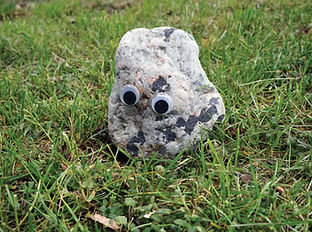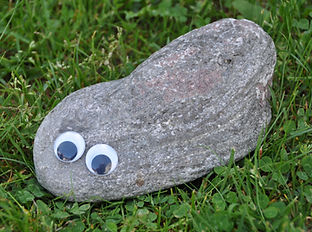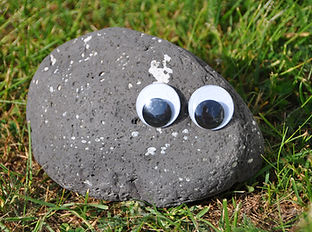

The Stone family
Here you can learn about different rock types. Each member of the Stone Family tells its story of how it was born, where it comes from, and how it ended up here.
If you look carefully among the rounded stones at Mølen and Jomfruland, you’ll find them: Sara Sandstone, Kari Quartzite, Børre Basalt, and all the other members of the Stone Family.
They traveled with the ice sheet and the rivers beneath it, dumped together in a pile on the seabed in front of the glacier. There they remained when the glacier melted after the last Ice Age.
The glacier was so heavy that it pressed the land down, but when it melted, the land rose. This is why the stone pile is no longer on the seabed but on land.
The pile also contained lots of clay and sand, but most of this was washed away by the waves on its way up.
Each member of the Stone Family has its unique story to tell about where it comes from and what it has experienced. Some are used as building materials or for decoration, and they love to share those stories!




















